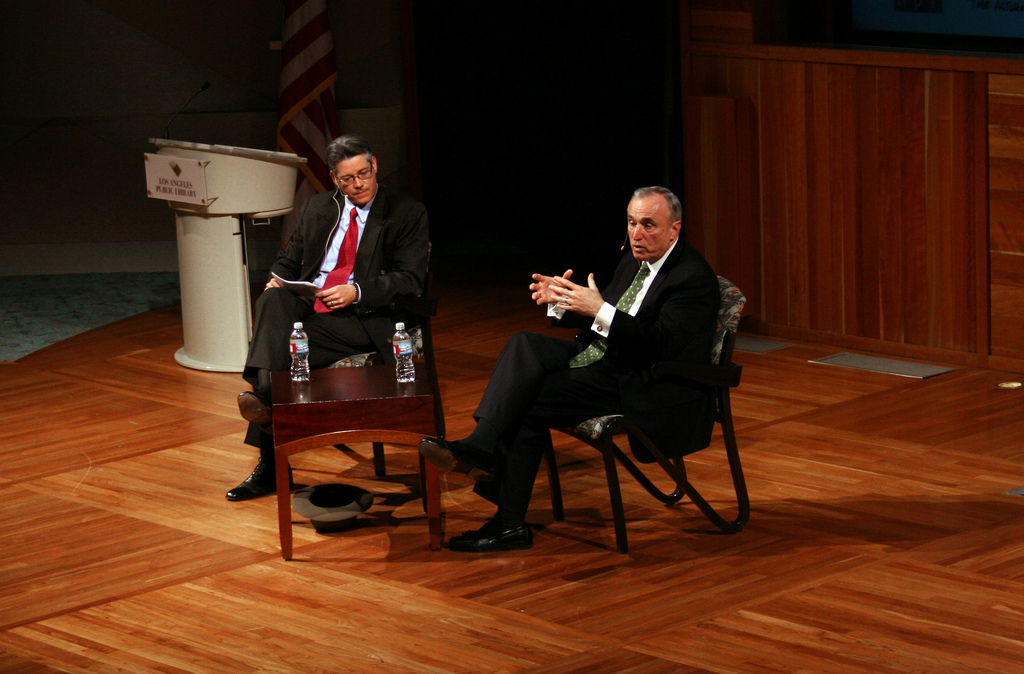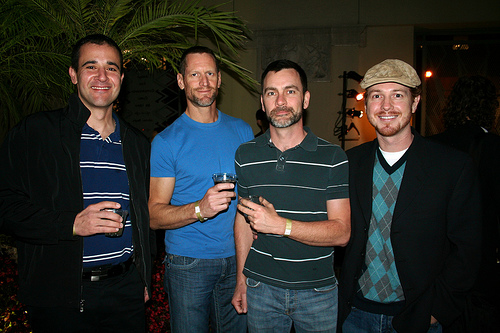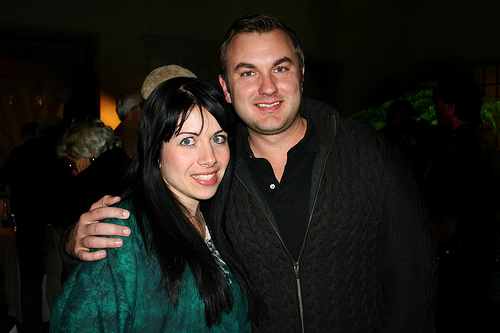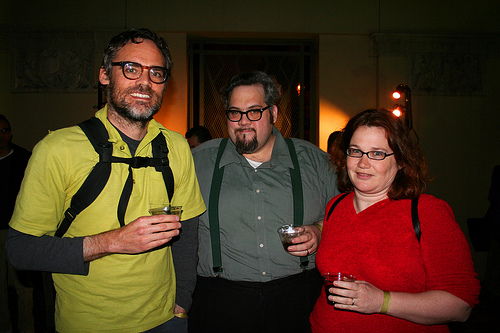
What does a turnaround artist do when the turnaround is done?
Los Angeles Garment and Citizen editor Jerry Sullivan posed that question to Los Angeles Police Chief William J. Bratton at L.A’s Central Public Library, pondering if perhaps the Scotland Yard would be an option.
“If they call, I’m gone. Sorry,” Bratton said without any hesitation, as he answered all his questions.
But for now, he’s in Los Angeles, and he visited Zócalo to discuss his work here, how the police department has transformed, and the challenges ahead.
Crime
When Bratton arrived in Los Angeles, he found a police department that was a “classic turnaround opportunity” – that is, it was in crisis. In the 1990s, which Bratton called a “particularly bad decade” for the Los Angeles police force, riots swept through Los Angeles, O.J. Simpson led an epic televised police chase and a detective committed perjury during his trial, and the Rampart scandal hit. A consent decree – which required heavy federal monitoring of the force – went into effect. (It’s set to end this year.) Morale was low, crime was rising by double digits, and, as Bratton put it, “The chief at the time was fighting with everybody, and I mean everybody. And the politicians of the time were all fighting with each other.”
 Since Bratton began heading the force in 2002, crime has decreased every year, making current per-capita crime rates comparable to “the ‘Leave it to Beaver’ days of the 1950s and 60s,” Bratton said, long before the city faced “gangs, guns, and narcotics.” Much of the fastidious crime statistic tracking is Bratton’s doing – he pioneered the use of a statistics program as police commissioner in New York City, and applied the same program in Los Angeles, allowing for faster response to criminal activity.
Since Bratton began heading the force in 2002, crime has decreased every year, making current per-capita crime rates comparable to “the ‘Leave it to Beaver’ days of the 1950s and 60s,” Bratton said, long before the city faced “gangs, guns, and narcotics.” Much of the fastidious crime statistic tracking is Bratton’s doing – he pioneered the use of a statistics program as police commissioner in New York City, and applied the same program in Los Angeles, allowing for faster response to criminal activity.
The instant analysis is quite the contrast from the department’s previous statistical work – twice yearly reports to the federal government. It also represents a philosophical shift, as Bratton noted during Q&A, from purely responding to crime to working to prevent it.
With the city’s approval of a 2002 bond to improve public safety infrastructure, the LAPD can also lay claim to the most modern police facilities in the country, Bratton said. Police morale has improved, including in response to the majority working three-day shifts of twelve hour days, a schedule Bratton said will continue though there have been objections to it in the past. A new headquarters and new crime lab are in the works. Bratton noted, in response to an audience question, that the lab will help wear down the long backlog of cases that require DNA analysis – particularly rape kits – which has been a source of controversy. And of symbolic importance, Bratton noted, the new stations are made of glass.
“If you look at those authorized in the ’60s and ’70s and ’80s, they look like fortresses,” he said. Now, at the new headquarters, “All four sides are glass. It’s a transparent organization.”
Culture
 Bratton addressed two points often raised against the LAPD – organizational culture and the use of force. On the first point, Bratton noted, “When you ask anybody what the culture is, depending on the person you ask you’re going to get a very different definition of that term.”
Bratton addressed two points often raised against the LAPD – organizational culture and the use of force. On the first point, Bratton noted, “When you ask anybody what the culture is, depending on the person you ask you’re going to get a very different definition of that term.”
But Bratton acknowledged that the LAPD of old was “an insular organization,” and like the cops depicted in LAPD-based shows “Dragnet” and “Adam-12,” L.A. police officers long engaged in “just the facts ma’am policing.”
“We would not engage in an expression of humanity,” Bratton said. “It was a police department that was looking inward and was very different from its communities.”
But the department is in the midst of a “sea change” on that front, he said. Its officers now more closely mirror the demographics of the city, with about 40% Latinos, 12% African Americans, and 10% Asian and Pacific Islander. (When Sullivan noted his strong grip of data, Bratton replied, “I talk a good game.”)
Regarding use of force, Bratton said that out of 160,000 arrests a year, fewer than 100 suffer serious injuries from their arresting officers. These instances bring the department under heavy scrutiny, especially because, as Bratton said, “Every Tom, Dick and Harry is running around with a camera in his phone.” But Bratton hopes will eventually increase trust in police. Each case of serious injury is investigated by the department, its monitors, and the public through the media. They’re part of a number of people and institutions to whom Bratton answers; he wryly listed off the people who are looking over his shoulder, including the mayor, the police commissioners and city council members, “Each of whom thinks they are the mayor,” Bratton said to a laugh, comparing catering to them all to juggling plates in the air. “It causes needless aggravation, and keeps us from doing what we’re supposed to be doing.”
Challenges, or not
 Among the things they’re supposed to be doing is counterterrorism, Bratton said, though it was long the sole purview of the federal government. The department devoted 300 officers to the effort – proportionally more than New York has, Bratton said in Q&A – and instituted programs that have been adapted throughout the country and by the federal government. The city boasts a pioneering joint center with the FBI and the Sheriff’s Department. And Bratton recently traveled to Jordan to share counterterrorism tactics with a country expert in the issue.
Among the things they’re supposed to be doing is counterterrorism, Bratton said, though it was long the sole purview of the federal government. The department devoted 300 officers to the effort – proportionally more than New York has, Bratton said in Q&A – and instituted programs that have been adapted throughout the country and by the federal government. The city boasts a pioneering joint center with the FBI and the Sheriff’s Department. And Bratton recently traveled to Jordan to share counterterrorism tactics with a country expert in the issue.
One thing Bratton believes his officers don’t have to worry about is a crime spike during the recession, which many believe will cause crime to increase. In fact, Bratton noted, property crimes – against homes and cars, the kind most expected to increase – are down. “I rebel against that type of belief,” he said. “Basically it says that because you’re poor, because you’re black, because you’re brown, because you’re unemployed, that condition is going to cause you to become a criminal. It doesn’t.”
And for those who doubt it, Bratton half-joked, “With 10% unemployment in the city we should be in the middle of Armageddon.”
Watch the video here.
See more photos here.
*Photos by Aaron Salcido.




Send A Letter To the Editors